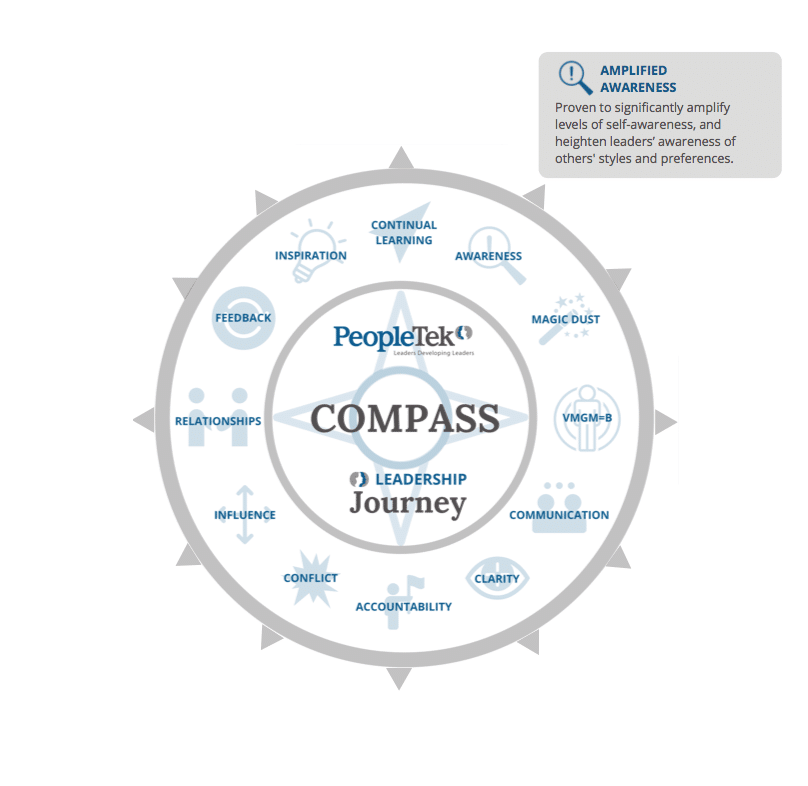People with goals succeed because they know where they are going.
–Earl Nightingale
We’ve discussed how VISION statements are dreams or aspirations that provide direction and also how MISSION statements provide us with clarity and personalize our VISION statements. The next key elements for success include GOALS and MEASURES.
GOALS add even more clarity to our vision and mission statements and ACTION is required. Think in terms of what, when, and how the actions will be executed, by whom, and in what time frame. (Dates must be identified, even if they are only target dates).
GOALS keep us moving forward. They help us focus and track progress towards what we’d like to achieve. No one knows why a written goal is more effective than one that’s known and understood but not committed to paper. Some psychologists theorize that writing triggers important processes in the subconscious, which in turn inspires action towards achieving those written goals. So, don’t keep your goals in your head, document and share them!
It’s okay to start small. Consider one to three goals you wish to accomplish this year. Make sure they are clear; if the goals require others to be involved ensure that the “supporting” cast knows their roles, and that time frames, tasks, and ownership are assigned. (ex. Who’s going to what by when with weekly check-ins).
Note: Understand that goals can be changed or dropped – the idea is to keep on target with your desired results. Sometimes goals must change when dependencies or personal or organizational strategies and priorities change. That happens. Communicate the “what and why”, and document and share the new goals.
Don’t neglect to include measures that track your progress. Have milestones been met? Why or why not? Celebrate your successes and assess any misses (what kept you off track? What’s needed to gain momentum and move forward?)
What would it take for you to get excited and motivated to realize your goals? Determine what you want to achieve, make a plan, commit to it, and go for it!
Sticking to good habits can be hard work, and mistakes are part of the process. Don’t declare failure simply because you messed up or because you’re having trouble reaching your goals. Instead, use your mistakes as opportunities to grow stronger and become better.—Amy Morin


